Blogging Alex Raymond’s Flash Gordon – Part One: “Flash Gordon on the Planet Mongo”
Alex Raymond created Flash Gordon for King Features Syndicate to compete with the successful science fiction strip, Buck Rogers in the 25th Century. Raymond’s creation was decidedly more space fantasy than science fiction, combining elements borrowed from Edgar Rice Burroughs, Sax Rohmer, Alexandre Dumas, and Anthony Hope to great effect. Flash Gordon debuted January 7, 1934 with the strip, “Flash Gordon on the Planet Mongo” which would be serialized each Sunday through April 15, 1934.
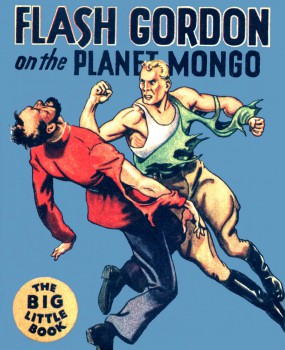 The strip kicked off with an exciting documentary-style depiction of an unforeseen catastrophe assailing our world. An unknown planet mysteriously appears in our solar system and is hurtling rapidly toward Earth. Destruction seems unavoidable. We are quickly introduced to a scientist, Dr. Hans Zarkov who is rapidly completing a rocket ship which he plans to man on a suicide mission to try and divert the oncoming planet from Earth’s trajectory.
The strip kicked off with an exciting documentary-style depiction of an unforeseen catastrophe assailing our world. An unknown planet mysteriously appears in our solar system and is hurtling rapidly toward Earth. Destruction seems unavoidable. We are quickly introduced to a scientist, Dr. Hans Zarkov who is rapidly completing a rocket ship which he plans to man on a suicide mission to try and divert the oncoming planet from Earth’s trajectory.
“Flash” Gordon is a Yale-educated world-renowned polo player (I’m sure we can all name a handful of world-renowned polo players). He and a young woman named Dale Arden are the only known survivors of a plane struck down by a meteor heralding from the approaching planet. Flash and Dale parachute just outside of Dr. Zarkov’s observatory. Paranoid from overwork, Zarkov pulls a gun on the startled plane crash survivors and forces them to accompany him on his suicide mission to space. The first installment ends with Zarkov’s rocket ship on a collision course with the rapidly hurtling planet.
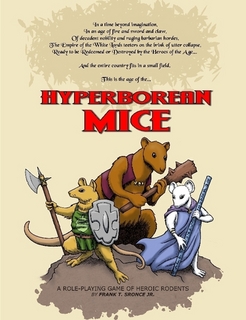 Am I a bad gamer if I really, really want to play this game?
Am I a bad gamer if I really, really want to play this game? Newcomers to fantasy collecting may be unaware of the scope of pertinent and very useful information on the web, and particulary the resources assembled by members of the Yahoo Fictionmags Group. The terms “Big List,” “FMI,” “Galactic Central,” “Locus Index” and many others crop up without necessarily being understood. Fictionmags includes the authors of some of the most seminal and definitive reference works on magazine Science Fiction, Fantasy, and General Fiction. Not only is this material substantial and providing of answers to many questions, but it is also FREE to anyone conversant in accessing the internet.
Newcomers to fantasy collecting may be unaware of the scope of pertinent and very useful information on the web, and particulary the resources assembled by members of the Yahoo Fictionmags Group. The terms “Big List,” “FMI,” “Galactic Central,” “Locus Index” and many others crop up without necessarily being understood. Fictionmags includes the authors of some of the most seminal and definitive reference works on magazine Science Fiction, Fantasy, and General Fiction. Not only is this material substantial and providing of answers to many questions, but it is also FREE to anyone conversant in accessing the internet. Yesterday’s deliveries here at the Black Gate rooftop headquarters yielded — among the usual bills, magazines, and spare parts for the plutonium-powered signal beacon — a review copy of Detour to Otherness, by Henry Kuttner & C.L. Moore.
Yesterday’s deliveries here at the Black Gate rooftop headquarters yielded — among the usual bills, magazines, and spare parts for the plutonium-powered signal beacon — a review copy of Detour to Otherness, by Henry Kuttner & C.L. Moore.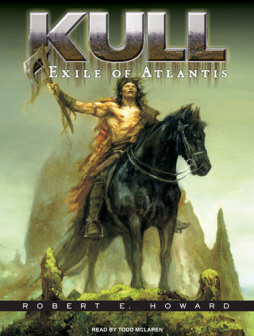 “Beyond the Sunrise” is the unofficial title afforded an unfinished Kull story that did not see print until over forty years after the author’s death. Its significance is due largely to the fact that it was the first of four widely differing attempts to continue the Kull series following the publication of both “The Shadow Kingdom” and “The Mirrors of Tuzun Thune” in Weird Tales in 1929.
“Beyond the Sunrise” is the unofficial title afforded an unfinished Kull story that did not see print until over forty years after the author’s death. Its significance is due largely to the fact that it was the first of four widely differing attempts to continue the Kull series following the publication of both “The Shadow Kingdom” and “The Mirrors of Tuzun Thune” in Weird Tales in 1929.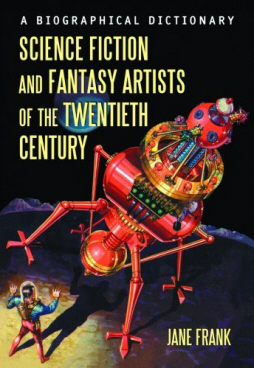 Science Fiction and Fantasy Artists of the Twentieth Century: A Biographical Dictionary, by Jane Frank
Science Fiction and Fantasy Artists of the Twentieth Century: A Biographical Dictionary, by Jane Frank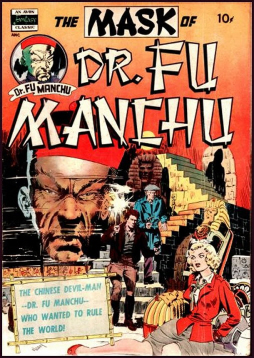 From his first appearance in print in the pages of The Story-Teller in October 1912, Sax Rohmer’s criminal mastermind, Dr. Fu Manchu took the world by storm. While Rohmer would complete three novels featuring the character between 1912 and 1917, the Devil Doctor would extend his domain to include film and comics in the fourteen years before Rohmer bowed to commercial demand and revived the series.
From his first appearance in print in the pages of The Story-Teller in October 1912, Sax Rohmer’s criminal mastermind, Dr. Fu Manchu took the world by storm. While Rohmer would complete three novels featuring the character between 1912 and 1917, the Devil Doctor would extend his domain to include film and comics in the fourteen years before Rohmer bowed to commercial demand and revived the series.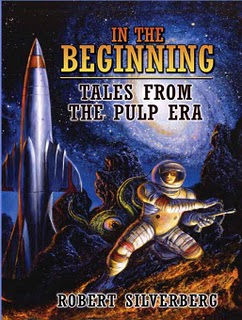 In a post on his blog last week, Canadian science fiction author Robert Sawyer asked “
In a post on his blog last week, Canadian science fiction author Robert Sawyer asked “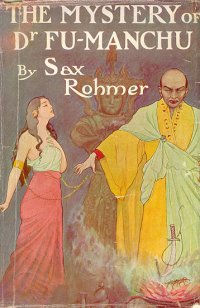
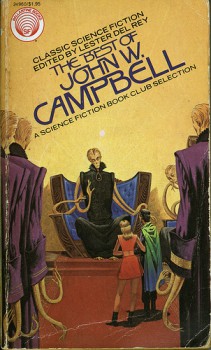 I’ve discovered that once you start writing about 1930s magazine science fiction — a field small enough for thorough analysis, but bursting with enough wonders to fill the galaxy — it becomes difficult to stop. Pondering the marvels of
I’ve discovered that once you start writing about 1930s magazine science fiction — a field small enough for thorough analysis, but bursting with enough wonders to fill the galaxy — it becomes difficult to stop. Pondering the marvels of